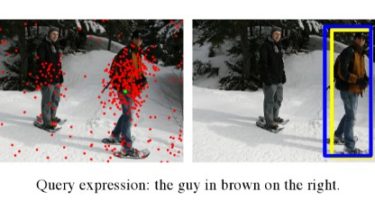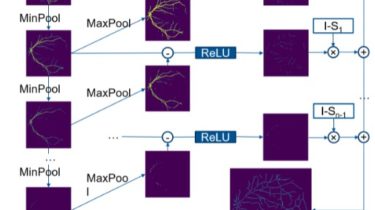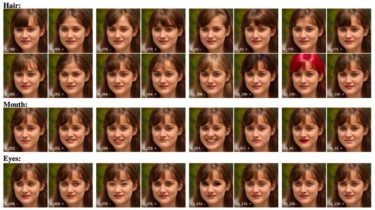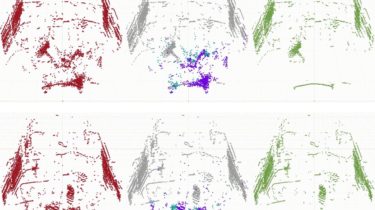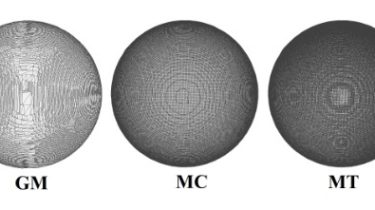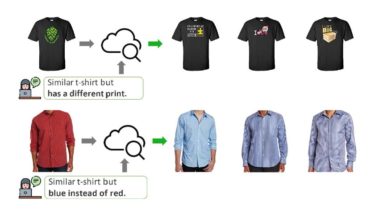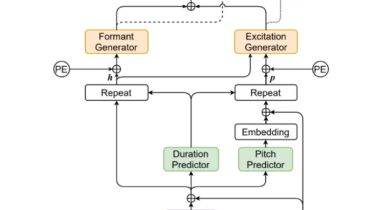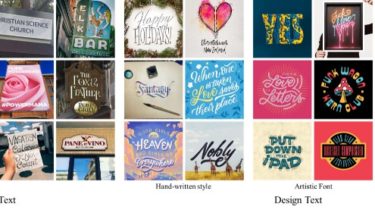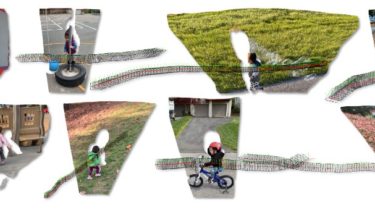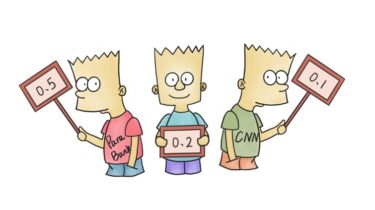Look before you leap: learning landmark features for one-stage visual grounding
LBYL-Net This repo implements paper Look Before You Leap: Learning Landmark Features For One-Stage Visual Grounding CVPR 2021. Getting Started Prerequisites python 3.7 pytorch 10.0 cuda 10.0 gcc 4.92 or above Installation Then clone the repo and install dependencies. git clone https://github.com/svip-lab/LBYLNet.git cd LBYLNet pip install requirements.txt You also need to install our landmark feature convolution: cd ext git clone https://github.com/hbb1/landmarkconv.git cd landmarkconv/lib/layers python setup.py install –user We follow dataset structure DMS and FAOA. For convience, we have pack them […]
Read more